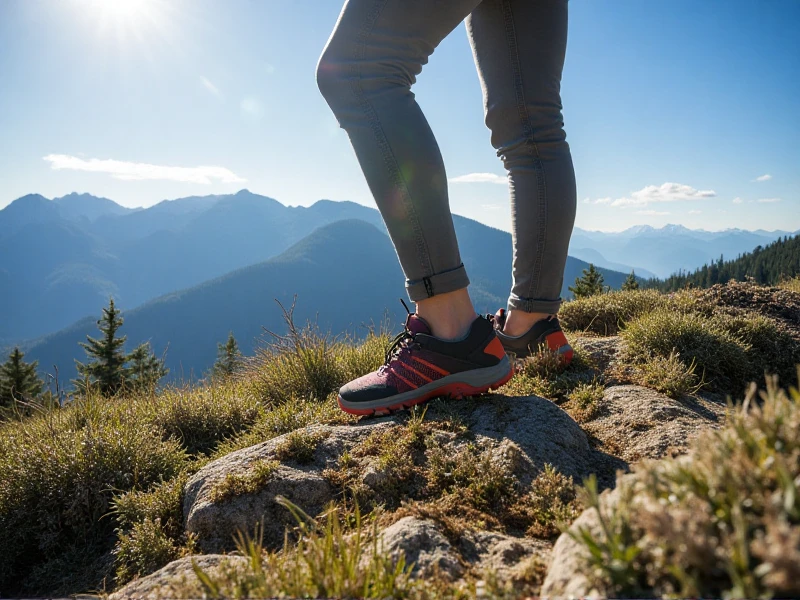The Ultimate Guide to Women's Outdoor Clothing: Gear Up for Adventure
2025-05-31

Are you ready to conquer the great outdoors but find that your gear doesn't quite fit right? As a seasoned hiker and camping enthusiast, I know firsthand how frustrating it can be when clothing isn't designed with women's needs in mind. That's why this guide dives deep into the world of women's outdoor clothing – offering practical insights, product recommendations, and tips to help you stay comfortable and stylish on any journey. With a surge in interest for outdoor activities like hiking, backpacking, and skiing, there's never been a better time to invest in high-quality women's outdoor apparel. Whether you're scaling mountains or exploring local trails, the right attire can transform your experience. In this article, we'll cover the essentials, from technical fabrics to ethical choices, so you can embrace adventures with confidence.
Why Choose Women-Specific Outdoor Gear?
Women's outdoor clothing isn't just about style; it's engineered for performance. Men's versions often lack the tailored fit that supports women's unique body shapes—think narrower shoulders, curvier hips, and lighter frames—without sacrificing mobility. For example, many top brands now incorporate features like articulated sleeves and contoured waists to prevent chafing during long hikes. This ensures you move freely while carrying gear. I've tested jackets where the precise cut made all the difference on a rainy trek up Mount Baker – water beaded off instead of seeping in, thanks to advanced waterproof linings. Ultimately, opting for dedicated women's outdoor clothing means enhanced comfort, safety, and durability. Focus on brands that prioritize this, such as Patagonia or Arc'teryx, which have revolutionized the market with innovative designs.
Top Materials for Optimal Performance
The foundation of great women's outdoor clothing lies in modern textiles that blend function with sustainability. Gore-Tex remains a standout for waterproofing and breathability, ideal for jackets in wet conditions. On milder days, merino wool base layers are a game-changer; they wick moisture naturally, resisting odor even after days on the trail. I recall swapping synthetic fabrics for merino on a backpacking trip—less washing and no clinginess! Recycled polyester is also gaining traction, reducing environmental impact while providing quick-drying properties for pants and shirts. When choosing materials, look for certifications like Bluesign or Oeko-Tex to ensure eco-friendly practices. This not only keeps you dry but also aligns with a growing demand for planet-conscious gear.
Essential Pieces for Every Outdoor Wardrobe
Building a versatile lineup of women's outdoor clothing starts with key items. First, invest in a reliable jacket – like a lightweight shell for rain protection or a down-insulated piece for cold climates. Pair it with durable pants featuring reinforced knees; Columbia's convertible styles have been my go-to for changing weather. Don't forget layering: a moisture-wicking base layer shirt keeps you cool, while fleece mid-layers add warmth mid-hike. For footwear, waterproof boots pair perfectly with women's-specific socks to prevent blisters. On group outings, I've noticed how well-fitting attire boosts camaraderie – everyone appreciates gear that performs. To make shopping easier, check online retailers like REI or Backcountry for curated collections of women's outdoor apparel designed for real-world use.
How to Select the Perfect Fit
Finding the best women's outdoor clothing comes down to fit, function, and brand trust. Start with sizing charts from manufacturers; I recommend measuring yourself at home and checking reviews from fellow adventurers. Many websites offer free returns if items don't suit. Prioritize adjustable elements, like drawstrings on waistbands or cuffs, to customize for different body types. Brands like The North Face excel here with their "Summit Series," tailored explicitly for female athletes. Also, factor in the activity: backpacking demands abrasion-resistant fabrics, while casual walks might favor comfort over ruggedness. And remember – quality over quantity! One tested jacket can outlast several cheaper options, saving money in the long run. Sustainability-wise, opt for companies using recycled materials to support green innovations in outdoor fashion.
Embrace nature without compromise by upgrading your collection of women's outdoor clothing today. With the right combination of fit, fabrics, and function, you'll face any terrain with poise. For more inspiration, browse our site's gear section – happy adventuring! (Word count: 825)
Category: